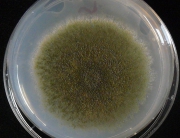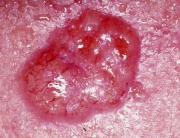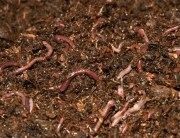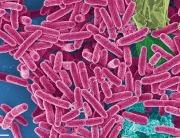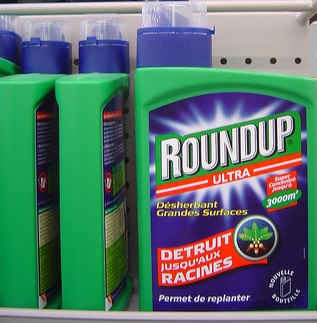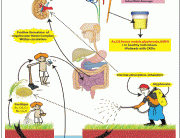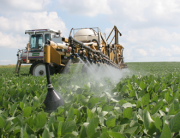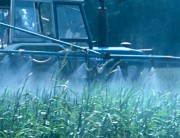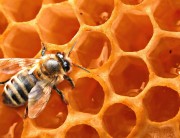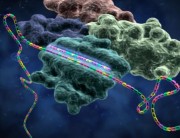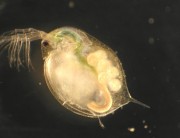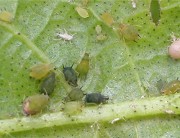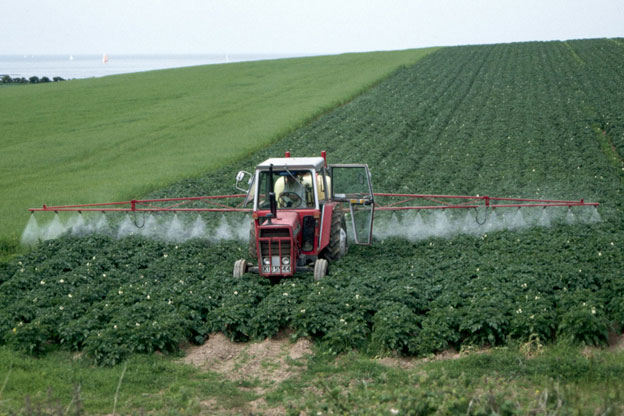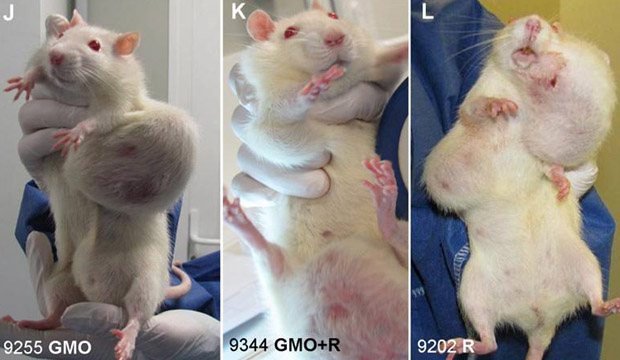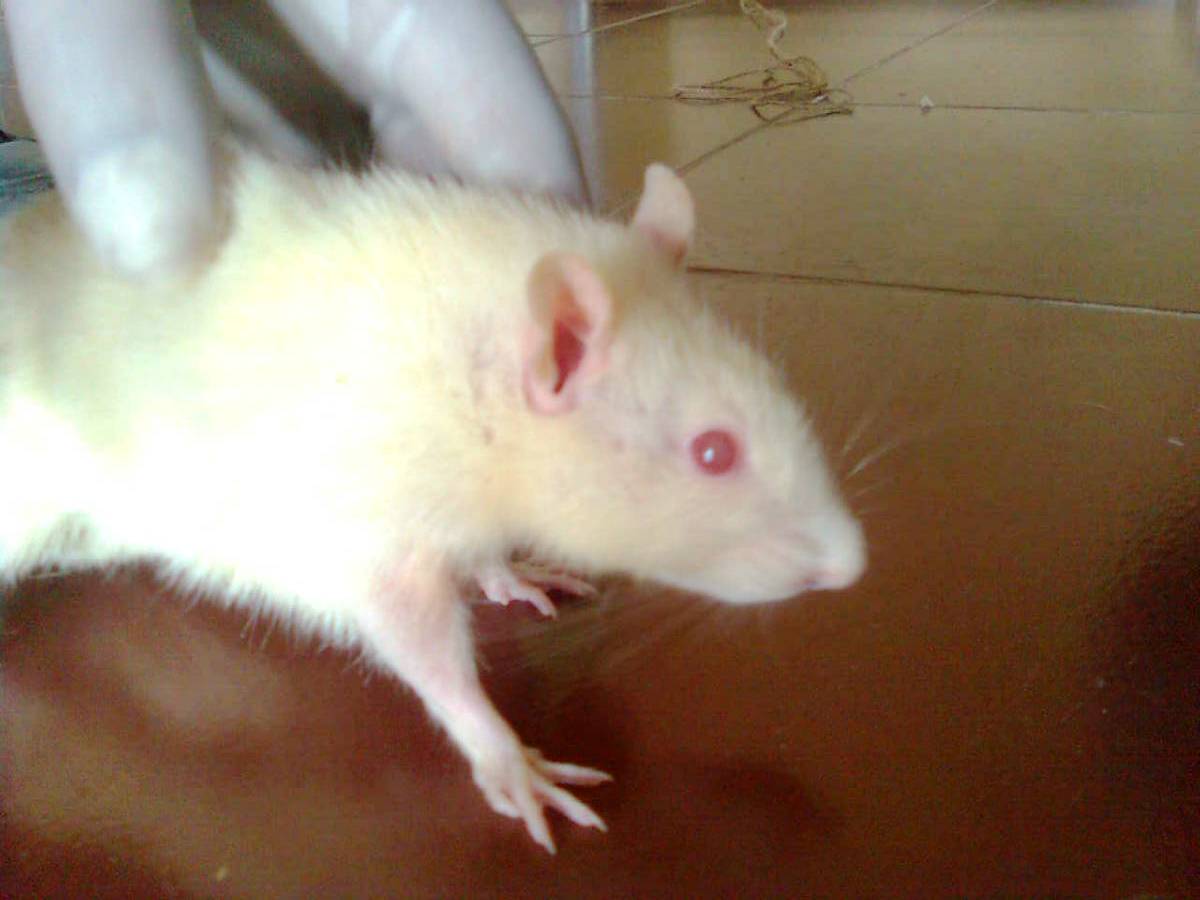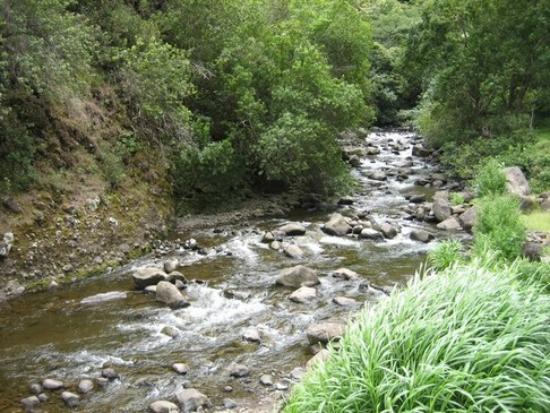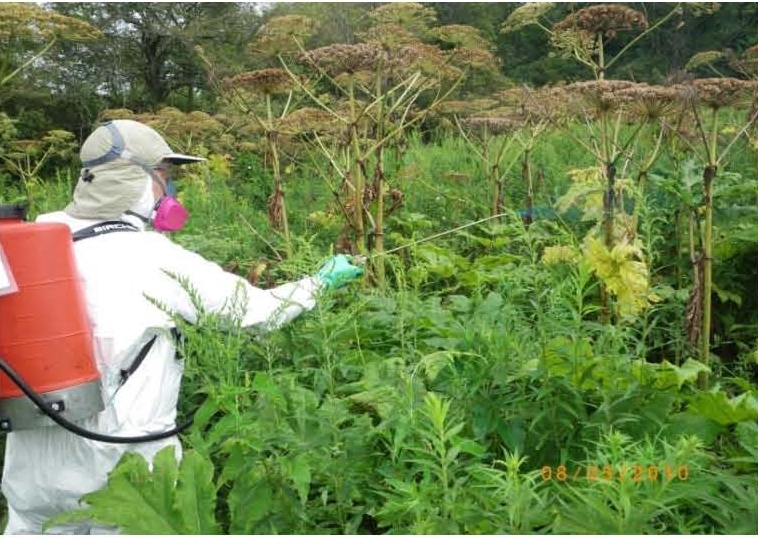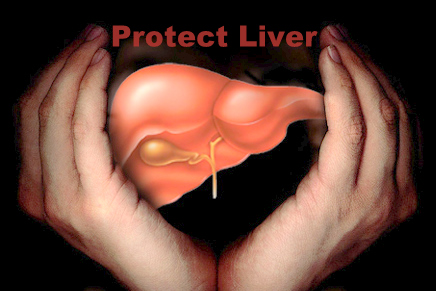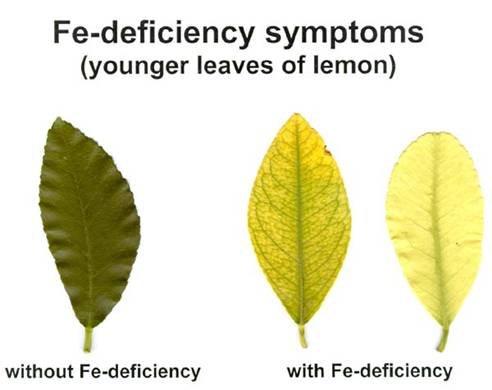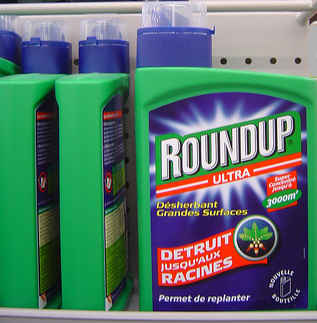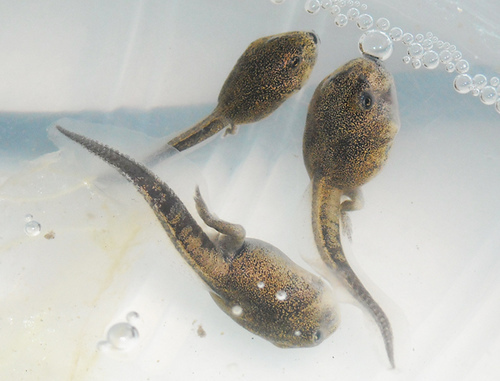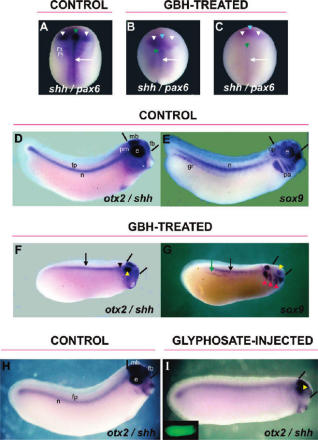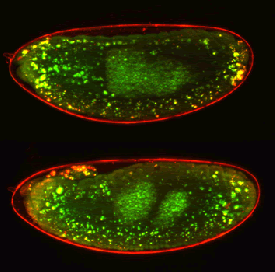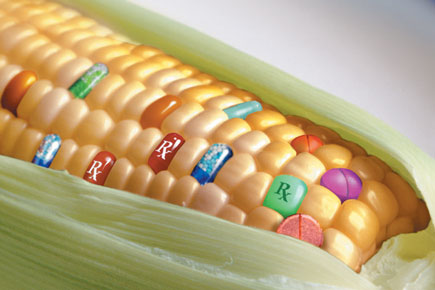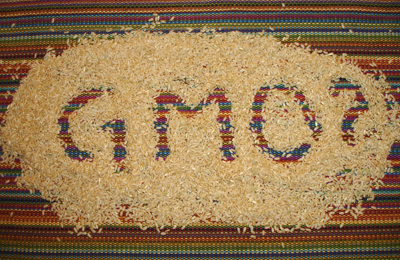In this unique U.S. biosurvey published in 2014 Glyphosate and AMPA were detected frequently in soils and sediment, ditches and drains, precipitation, rivers, and streams; and less frequently in lakes, ponds, and wetlands; soil water; and groundwater.
Authors
W.A. Battaglin, M.T. Meyer, K.M. Kuivila, and J.E. Dietze
Abstract
Glyphosate use in the United States increased from less than 5,000 to more than 80,000 metric tons/yr between 1987 and 2007. Glyphosate is popular due to its ease of use on soybean, cotton, and corn crops that are genetically modified to tolerate it, utility in no-till farming practices, utility in urban areas, and the perception that it has low toxicity and little mobility in the environment. This compilation is the largest and most comprehensive assessment of the environmental occurrence of glyphosate and aminomethylphosphonic acid (AMPA) in the United States conducted to date, summarizing the results of 3,732 water and sediment and 1,018 quality assurance samples collected between 2001 and 2010 from 38 states. Results indicate that glyphosate and AMPA are usually detected together, mobile, and occur widely in the environment. Glyphosate was detected without AMPA in only 2.3% of samples, whereas AMPA was detected without glyphosate in 17.9% of samples. Glyphosate and AMPA were detected frequently in soils and sediment, ditches and drains, precipitation, rivers, and streams; and less frequently in lakes, ponds, and wetlands; soil water; and groundwater. Concentrations of glyphosate were below the levels of concern for humans or wildlife; however, pesticides are often detected in mixtures. Ecosystem effects of chronic low-level exposures to pesticide mixtures are uncertain. The environmental health risk of



























